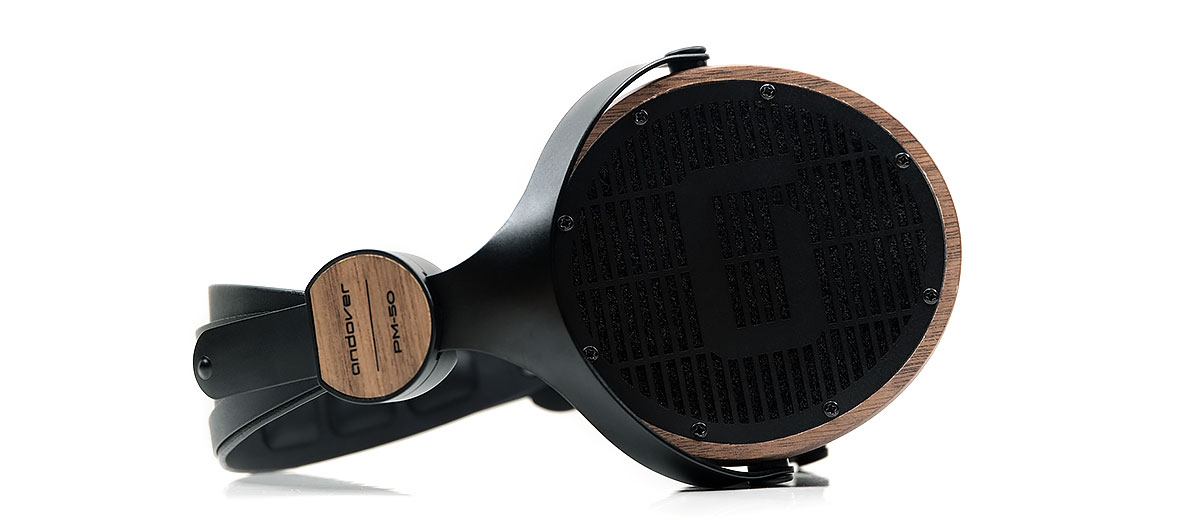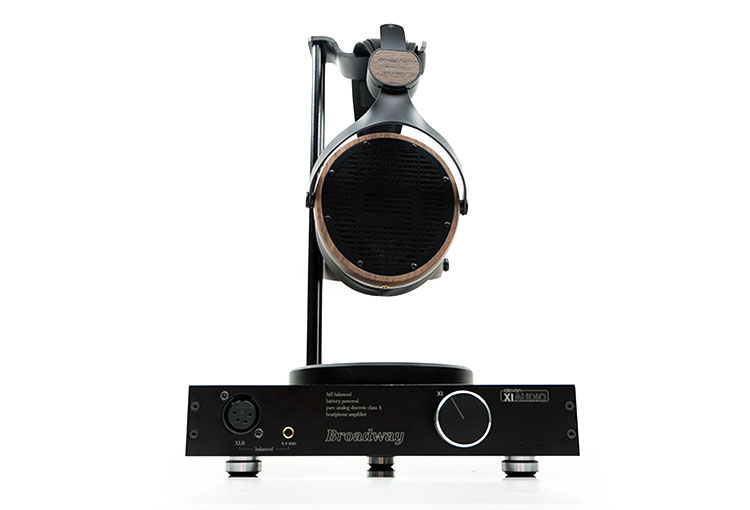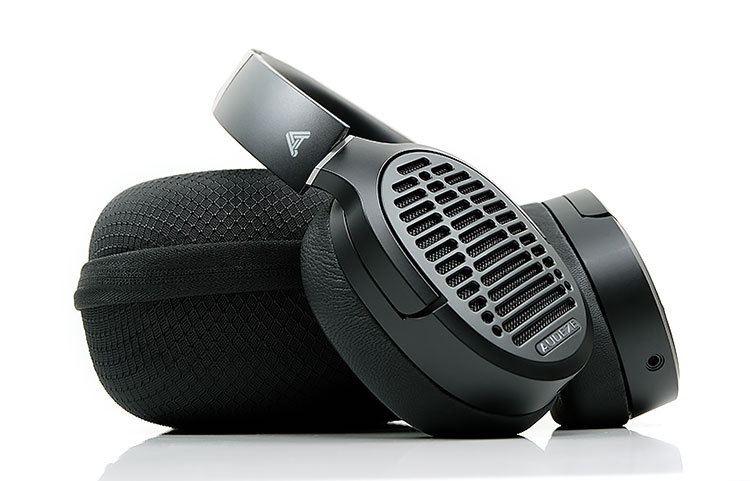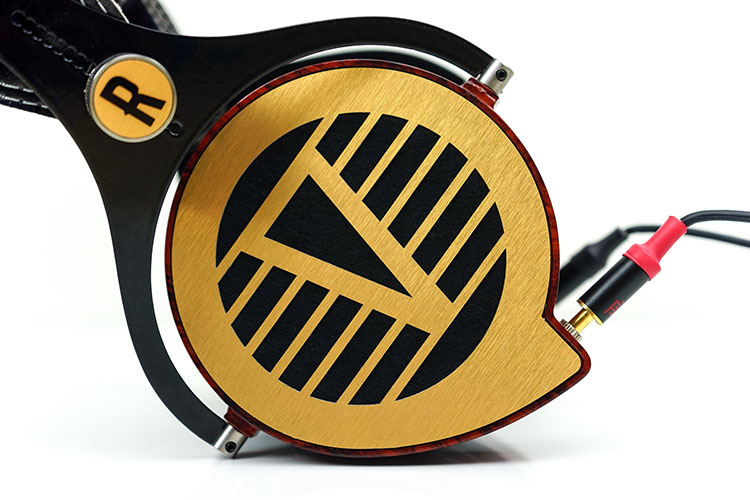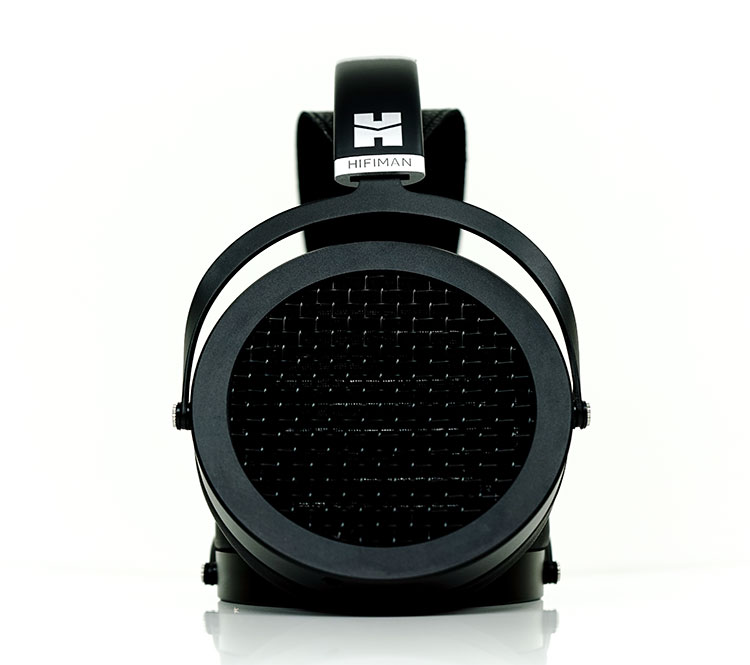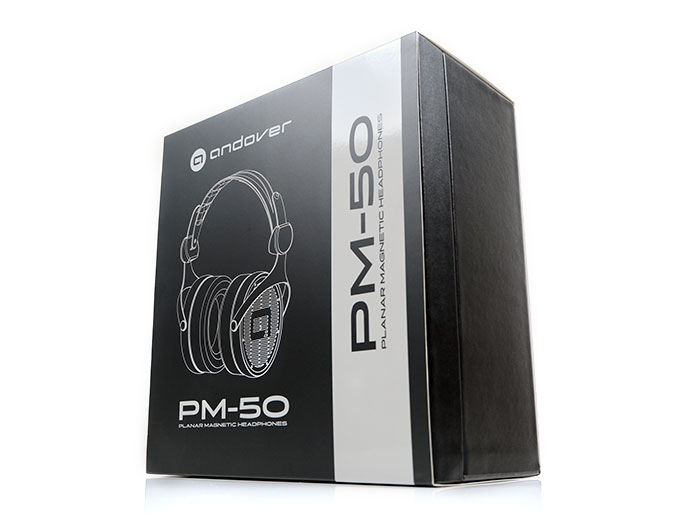Synergy
Efficiency
Despite the fairly efficient rating, I actually found the PM-50 to need a bit more power and definitely more current than I would have presumed at 32Ω and 102dB.
On portable devices such as the Lotoo PAW Gold Touch, the PM-50 felt comfortable on a high gain setting and volume of 50 with low gain almost around 90. The Cayin N6ii/E01 combo had similar performances with a volume rating of 70 in low gain and a more manageable 45 in high gain.
The FiiO M15 unbalanced will get loud enough but the imprecise nature of FiiO’s new volume control means I had no clue how loud it was. Forget smartphones with the PM-50 unless you are using a proper dongle. The Samsung Note 9 can get reasonably loud but the dynamic range is weak for me.
The new HiBy R8 has a bit more power and can easily drive the PM-50 though I find the tonal balance from this pairing to be a bit on the soft side from its unbalanced output requiring some MSEB and a bit of enhanced treble energy.
Power
The PM-50 does do better with desktop solutions but the level of potential scaling is not huge. The improvement really seems to come with just how well your desktop system resolves in terms of dynamic range and the type of coloration from either the amplifier or the DAC.
For example, testing the PM-50 with a Chord Electronics Qutest and Auris Audio’s HA-2SE was superior with the PM-50 than the flagship V590 from Violectric. Both resolved very well indeed but the more neutral and cleaner sound from the Qutest and the mid-centric bias of the HA-2SE had a more appealing synergy to my ears than the more laid back V590 performance.
The V590 has some excellent power, and a sweet timbre but its treble is more relaxed than the peppier Qutest. The PM-50 does not really need a relaxed treble, quite the opposite, it does much better with cleaner sounding sources.
A really good source with the PM-50 was the Burson Audio Composer 3X Performance DAC using the V6 Vivid opamps. Hooked into the Xi Audio Broadway it teased out a very nice low-end punch and good treble presence on the PM-50 though the mids are a little bit thinner than the V590 or the HA-2SE.
You do not have to spend a lot though to get some good power and some nice energy with the PM-50. The little iFi Audio xCAN with its 3D+ helps deliver better a bit more treble energy with more than enough power and current on tap.
I was less happy with the xCAN’s XBass II enhancer synergy with the PM-50. The XBass II felt shouty and crude via the PM-50 but the 3D+ DSP did an excellent job producing a much cleaner and more dynamic sound without pushing too hard on the bass.
Select Comparisons
Audeze LCD-1
$399
Technical
The LCD-1 uses a 90mm planar driver with their Ultra-thin Uniforce™ Diaphragms and Fluxor™ Magnets commonly used on their higher-end LCD line-up. It also includes their Fazor airflow technology. The PM-50 uses a smaller 50mm square planar magnetic design.
The LCD-1 is rated at 16Ω and 99dB SPL compared to the PM-50’s 32Ω and 102dB SPL and is the marginally harder to drive of the two, (current demand).
Design
The open-back LCD-1 is a more compact and lighter supraaural planar magnetic headphone. Its lightness is from the smaller form factor combined with predominantly plastic construction.
The PM-50 does have sturdier but weightier materials such as wood and metal gimbals so it has a bit more character. Personally, I feel the design lines of the LCD-1 are a bit more modern but the PM-50 has a more eye-catching mix of wood and metal.
In terms of comfort, the LCD-1 is the comfier of the two headphones for clamping but less so for vertical pressure points on the head with its narrow bad. The clamping is more relaxed on the LCD-1 whereas the PM-50 has a lot more lateral clamping pressure.
The new larger pads on the PM-50 do clear the ears better and make it a true circumaural for me compared to the on-ear experience of the LCD-1.
Both are dual-entry single-ended 3.5mm cable designs but the cables are not swappable due to the slightly different depth of the PM-50 connections. The LCD-1 is also foldable with a carry case which is a benefit of its articulating lightweight design.
Performance
Both headphones are aiming for a fairly smooth colored delivery, but there are a few differences in how they approach that.
The LCD-1 does have some more height and sparkle in the top-end courtesy of a 5-7k peak that matches its mids high point around 2-3k creating a very balanced sound. The PM-50 has a very minor 6-7k peak but it is much lower in amplitude when compared to its mids-peak which is also around 2-3k.
Aside from the perceived improvement in the LCD-1’s headroom due to the better treble energy the peak also creates some timbral differences. The LCD-1 tone is still slightly north of neutral but it has a lighter sweeter instrumental and vocal timbre whereas the PM-50 is much thicker and rounded sounding through the mids.
Vocals have a more forward quality on the PM-50 but also less air so the presentation is a bit denser and more center focused whereas the LCD-1 slightly airier performance delivers a bit more separation and complexity through the mids.
On the low-end, the PM-50 has a shade more warmth and punch than the LCD-1 but on the flip side, the LCD-1 has better layering and refinement. The LCD-1 low-end also sounds a little bit quicker with a slightly shorter decay. Again, its density versus deftness and warmth versus sweetness between these two.
Verum Audio Verum 1
$349
Technical
The Verum 1 is a ‘break-out’ boutique circumaural headphone from the Ukraine that has sold by the bucket load since its launch in 2018. It uses a double-sided magnetic design with an 82mm driver (moving part) inside a fairly large cup measuring 107mm in width with 105mm magnetically fitted ear pads sitting on top.
The PM-50 is much more compact and lighter than the Verum 1 but also uses a smaller 50mm square planar driver which, in turn, allows Andover to reduce the size of cups and pads.
The Verum 1 is rated at 12Ω but just 96dB compared to the PM-50’s 32Ω and 102dB which means the Verum 1 is harder to drive and really requires an amp with a good current supply. Desktop amps are more the market for the Verum 1 whereas the PM-50 can work on clean portable sources with more than 500mW of power.
Design
The design of the two are both eye-catching IMHO. Both have sturdy aluminum black gimbal designs but their lateral articulation is a bit different. The PM-50 has the traditional swivel blocks above the cups whereas the Verum 1 swivels from a central pivot at the center of the headband itself.
The Verum 1 might be the heavier at 520g but it is the more comfortable of the two with a suspended strap clearing the top spring steel alloy frame and less lateral clamping. You could loosen the PM-50 a little by stretching the frame a bit but the headband sits very close to the spring steel frame so not a lot of vertical pressure to take the weight from the lateral away.
Both have circumaural soft pads that clear the ears though the Verum 1 pads are bigger and made from real leather which is rare at this price point.
The two headphones both have dual cable entry though the Verum 1 uses a 2.5mm mono jack system compared to the 3.5mm of the PM-50. A 3.5mm socket is a little bit more durable than the thinner 2.5mm sockets though I have not had breaking issues with any of my 2.5mm headphones to date.
Performance
Sometimes I think the Verum 1 sounds ‘more Audeze’ than the Audeze LCD-1 with more of that traditional older LCD-2 sound. This is a muscular presentation with some excellent low-end reach and a lower mid-range presence offset by a darker upper mids performance around 1-3k. There is a lower treble boost also but not huge amounts of upper treble extension.
In comparison, the PM-50 pushes hard in the exact area where the Verum 1 sounds the most distant or recessed, that 1-2k region. The Verum 1 dips right where the PM-50 peaks. The offshoot is that sense of distance from the stage with the Verum 1 is more emphasized whereas the PM-50 is more aggressive and intimate with vocals right in your face.
In terms of timbral balance, the Verum 1 has a stronger bass fundamental so you can hear that power shine through on kick drums and lower pitching instruments. The PM-50 is a bit more linear in its low-end and not as explosive sounding but it does have a denser lower-midrange timbre that’s amplified somewhat by that forward 1-2k positioning.
The Verum 1’s upper mids and lower treble have more of an elevation and you do hear that with percussion and female vocal timbre having more odd-harmonic influence compared to the rounded tones of the PM-50. That means a greater perception of clarity but at times a slightly harder edge to percussion attack and more potential for sibilance.
Hifiman Sundara
$499 ($349 currently)
Technical
The Sundara was released back in 2018 and uses a planar driver with their NsD or Neo ‘supernano’ diaphragm which has been a staple for most of their drivers since then.
This is a full-sized circumaural design with much bigger cups compared to the PM-50. However, it is also a single-sided magnet design so the weight of both is not that far apart at 372g compared to the PM-50’s approximate 382g weight.
The Sundara is rated at 37Ω and just 94dB SPL compared to the PM-50’s more efficient 32Ω and 102dB SPL. You do need more current capability from your amp for the Sundara and it is more of a desktop amplifier pairing for me. Though both are open-back, the PM-50’s smaller size and higher sensitivity rating does give it more portability potential.
Design
In terms of design, the monotone black aesthetics of the Sundara are more muted with the PM-50’s mix of black aluminum and wood grain cups and pivot blocks a bit more appealing or attractive.
Comfort is polarizing on the Sundara and both have pros and cons. The lack of lateral articulation on the Sundara gimbals with a fairly stiff clamp makes it one of the slightly less comfortable headphones to wear. The large opening velour hybrid pads do soften the impact though making it just ok for long-term listening.
The PM-50 has some strong lateral pressure from its clamp also but has more articulation in the gimbals and cups to adjust for a fit. The new wider opening pads do help in that regard also.
Both have 3.5mm dual-entry cables with 3.5mm TRS terminations and 6.35mm adaptors. They are not interchangeable due to the deeper contact points inside the PM-50 sockets.
Performance
The Sundara is a markedly different sounding headphone to the PM-50. This one is all about staging and separation with a lot of headroom, air, and space from top to bottom. The PM-50 works within a much smaller more rounded soundstage and brings everything in a lot closer to deliver a front and center intimate presentation.
The instrumental timbre is also a bit more neutral but correctly balanced through the mids on the Sundara. Whereas the PM-50 has that rounded broader timbre with a softer tone to instrumental note strikes and less of an odd-harmonic crispness compared to the Sundara.
You do get a bit more density and power through the mids of the PM-50 compared to the Sundara with that richer tone. Thick chord heavy rhythm guitar on the Sundara can lack a bit of body and sound a bit distant in comparison to the stronger assault from the PM-50. It’s a bit like being in the mosh pit with the PM-50 versus 10 rows back with the Sundara – energy versus detail.
The more extended treble on the Sundara does mean that percussion has more energy, more presence but still slightly less body compared to the PM-50. On some poor setups, you will get a bit more of a hard edge and sibilance with the Sundara compared to the PM-50 darker top-end.
Our Verdict
The Andover PM-50 is relatively unique in what is becoming a very competitive space. It has a beautiful mix of woods and black steel in a professional presentation and definitely up there with Hifiman’s and Audeze’s entry-level stuff in terms of aesthetics.
Comfort-wise I am glad they threw in those new wider opening pads because the original pads were trickier for comfort and the older shallower pads were just downright uncomfortable.
The sound is a mixed bag but it will ultimately come down to preferences and what the sound signature your source will bring to the table.
Complex musical arrangements may well be a tad too far for the PM-50 in its current iteration. However, as a ‘mosh pit banger’ with some mids aggression and a smooth rich timbre the PM-50 seems far more suited to just letting your hair down and having a bit of fun.
Andover Audio PM-50 Specifications
- Impedance Rating: 32 ohms
- Frequency Response Range: 15Hz – 50kHz
- Driver Sensitivity: 102dB/1mW

